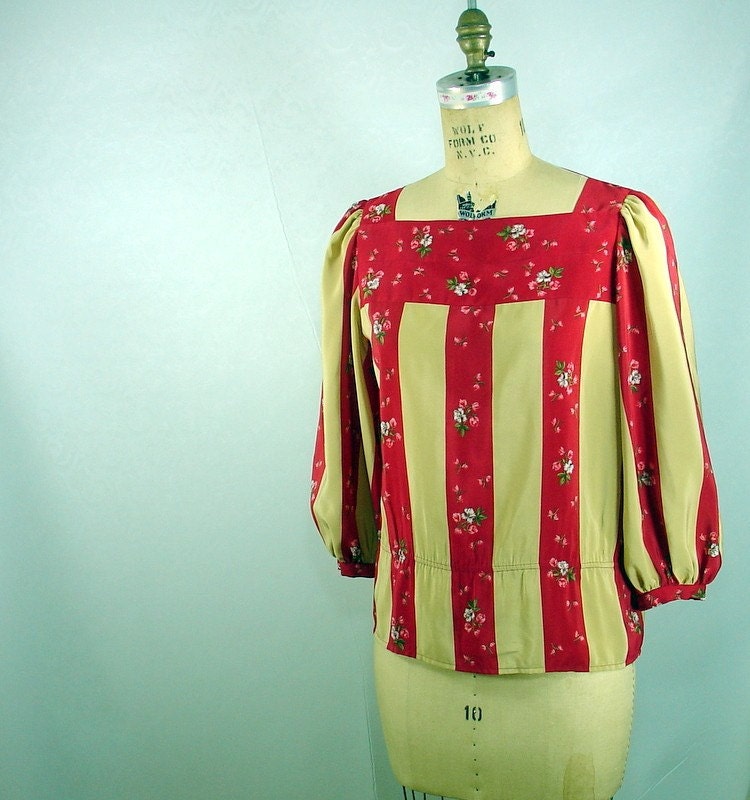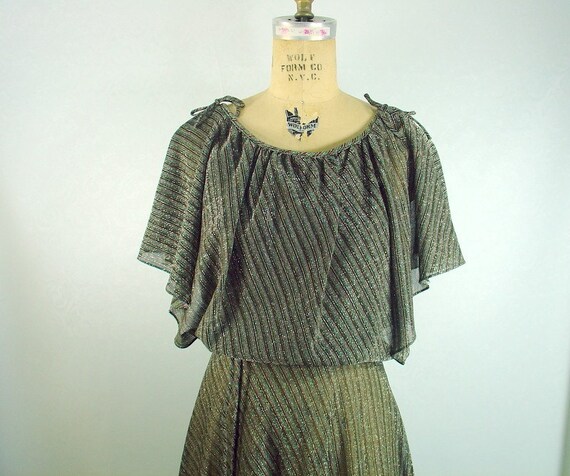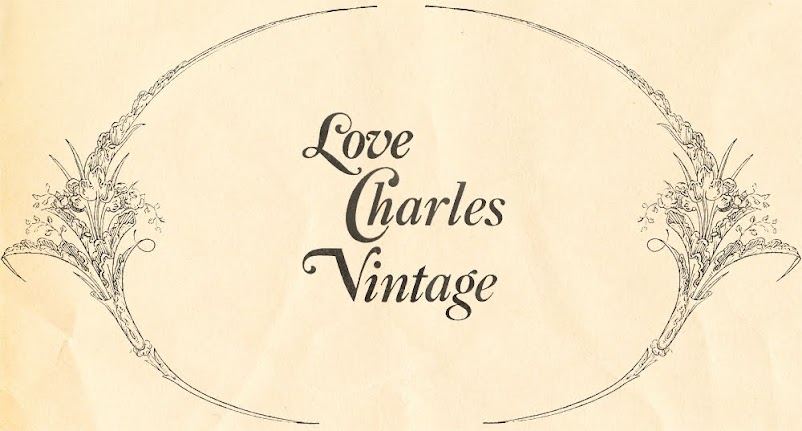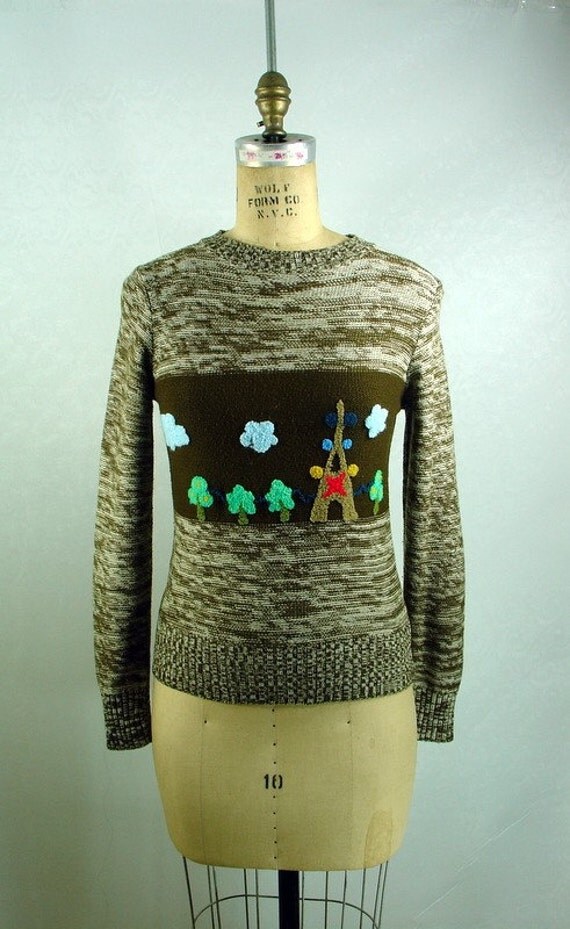Photo by 13bees
Our guest post today comes from Heather of LoneMountainPhoenix. Shes got an incredible eye for fabulous vintage, especially 70s pieces, and has done her job researching her craft! Shes compiled an excellent post on vintage labels, and how to identify them.
A tag is just a tag or is it? Learning tags hidden meaning can be overwhelming like learning Egyptian braille. The dress you found may look old but then, where’s the tag? Or you see a modern, Made in China tag that seems like the hunt for that perfect specimen was a bust. But have no fear, you can learn to decipher the lingo of the tag world and find your treasures! Remember handmade items often don’t have tags but are just as fabulous, and one of a kind!
When scanning the isles of the thrift store I start by quickly shuffling through hangers letting my eyes scan the tags for which ones yell “STOP“.
For my history buffs, the nitty gritty on Union Tags……

We’ve all seen the ILGWU (International Ladies’ Garment Workers’ Union) tag, it that originated in 1900. It joined the CIO (Congress of Industrial Organizations) briefly in 1937. They rejoined AFL (American Federation of Labor in 1940. AFL-CIO merged in 1955. These tags are usually placed in the side seam of the clothes or at the bottom hem. I recently was surprised to find my first Union tag at the hem, 1960’s gray wool dress.
RN numbers are registered by the Federal Trade Commission and the query website can help you identify the location and name of the manufacturer however does not tell the date. There is a formula for my math and science whiz kids.
Your RN # minus 13670
Total #’s between the original and yours divided by 2635 equals # of years since issue date. This formula is thanks to eBays guide on clothing labels, I can’t take credit.
If you research from the manufacturer name in the query you can track the dates of business and narrow down the era of your item.
WPL are far more revealing on the date, issued from 1941 thru 1959 under the Wool Products Labeling Act. These can be looked up on the RN/WPL Query site.
Night gowns and slips are an easy garment to start with testing yourself by. Vanity Fair cheat sheet:
1940s logo embroidered in light or dark blue/Nylon
1950s logo embroidered in light blue with the words TRICOT NYLON and they commonly have a style number embroidered
1960s light blue logo embroidered with MADE IN THE U.S.A under, also Tricot ALL Nylon
1970s Printed all caps dark blue lettering in logo
1980s teal blue cursive logo lettering
(Can I please mention how badly I want this sweater?)
Made in Hong Kong British Colony tags are between 1950s and 1997 when Japan was occupied by the British government. The tag writing along with the construction and fabric can help you determine the age of these clothes.
Care of garment tags indicate year or decade of manufacture.

Any American tag with the garment care instructions was made after 1971.
Any American garment made after 1960 was required by the USA Textile Product Identification Act to have the fabric composition identified. So lucky us, no more trying to figure out if its Rayon or Poly, it’s spelled out.
YOU LITTLE EEE…..No really, the Levi’s tags are super easy, anything pre-1971 have a Big E in the logo. My heart still skips a beat when I find one.
Thanks Heather for taking the time to compile all the info for us! Be sure to check out her shop to see what shes found!






Hi there! My friend just sent me a link to an article on you in the Oakland Post and I'm so glad I found you! We are truly kindred spirits with our love of vintage.
ReplyDeleteLoving everything you do.
xx
November Grey
P.S. New follower!
ReplyDeleteThanks for sharing this invaluable info
ReplyDeleteMuch Appreciated
jemina
xoxo
Ah, very interesting! I knew there had to be more to the tags than just analysing the writing. Not sure I understand exactly, but will compare her list with some of my vintage stuff and see what conclusions I draw!
ReplyDeletethis is intriguing! totally re-posting it somewhere!
ReplyDeletexo
sami
I forgot to add that learning labels takes time and effort. Go to the mall, local retailers and learn modern brands. Even if you aren't familiar with a vintage tag when you stumble upon it you can narrow down if the tag is current from your research.
ReplyDeleteIt has taken me years to learn labels and every now and then a tag like the Alfred Shaheen comes along that makes me think it's 80s and actually 50's to 60's, thank goodness I trusted my instinct and grabbed up that rare dress.
The next thing to learn are the fabrics. I can literally run my hand along a pile of clothes and tell you the vintage from the modern. It is a gift I think, not many people understand how I can look at a garment from across the room and tell you the year and material in a few seconds.
Tags are helpful to dating vintage but just the tip of the iceberg in knowledge. Again thank you to LOVECHARLES Vintage for the opportunity to blog about my passion.
Heather Lott
Owner LoneMountainPhoenix.etsy.com